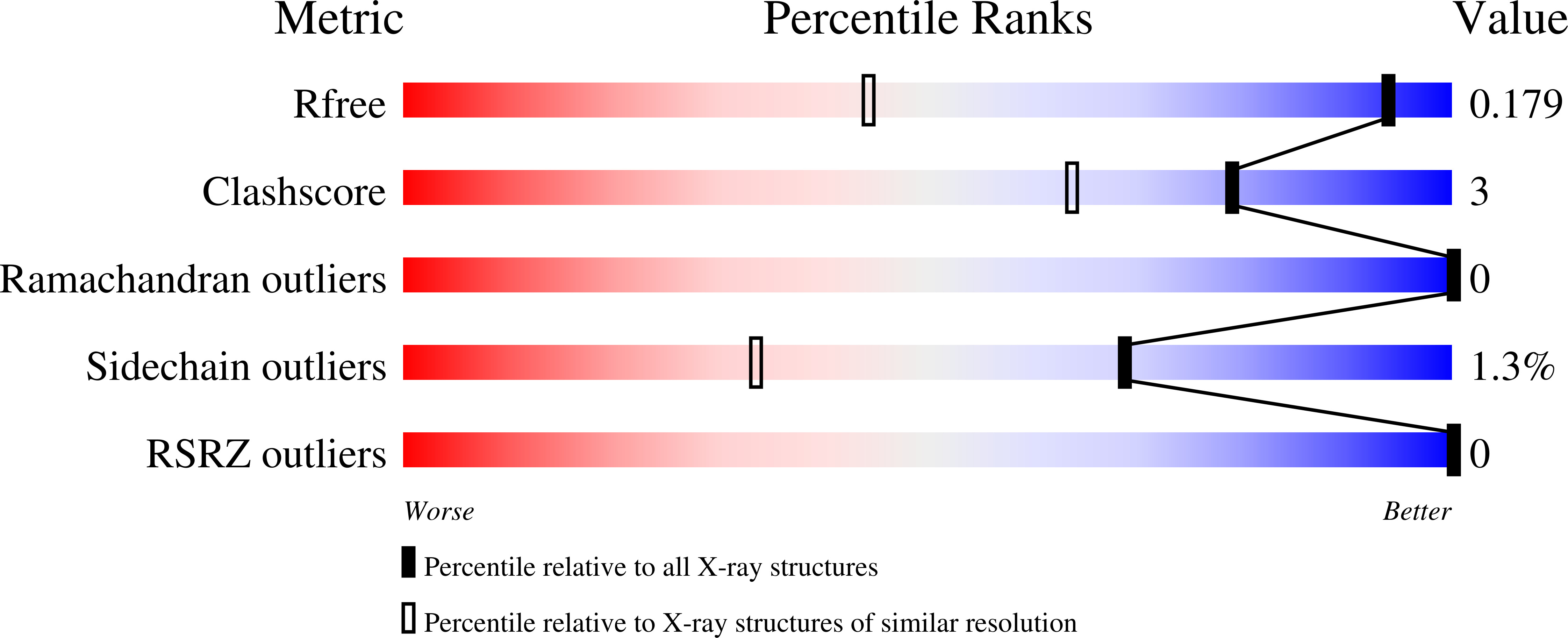
Deposition Date
2022-09-27
Release Date
2023-07-12
Last Version Date
2024-05-01
Entry Detail
PDB ID:
8B6E
Keywords:
Title:
crystal structure of the DNA-binding short chromatophore-targeted protein sCTP-23166 from Paulinella chromatophora
Biological Source:
Source Organism:
Paulinella chromatophora (Taxon ID: 39717)
Host Organism:
Method Details:
Experimental Method:
Resolution:
1.20 Å
R-Value Free:
0.17
R-Value Work:
0.13
R-Value Observed:
0.13
Space Group:
P 1


